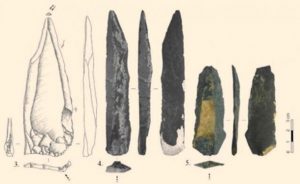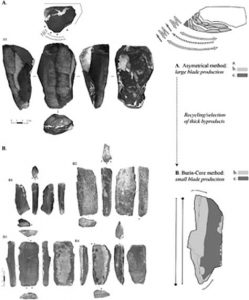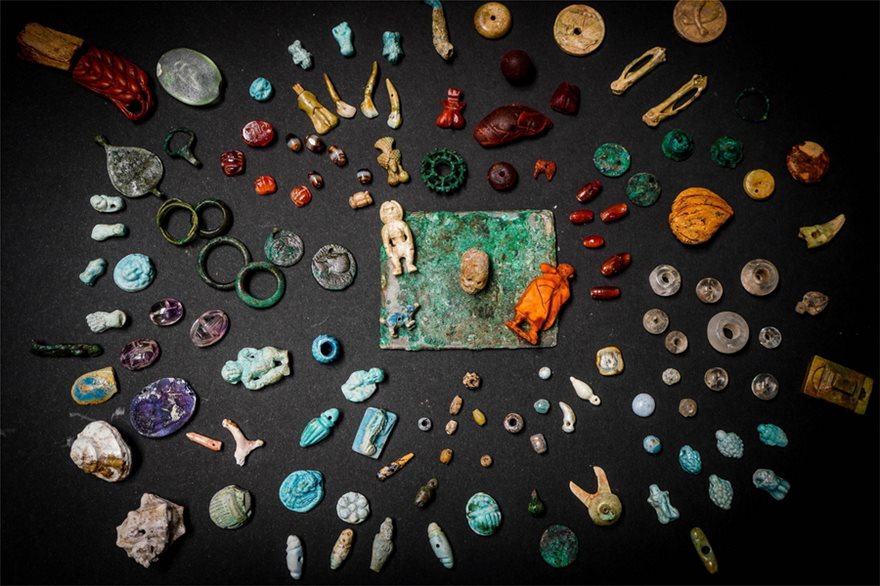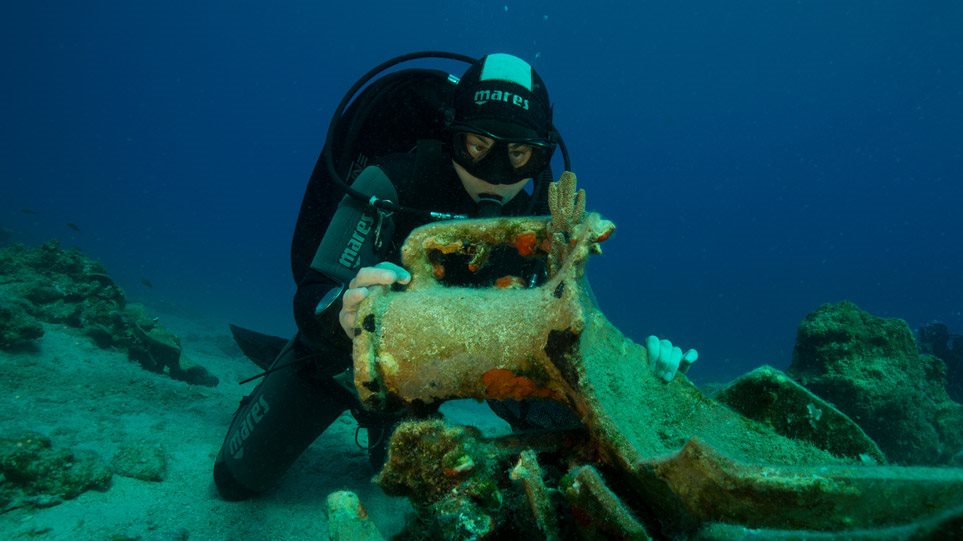Stone tools uncovered in Mongolia by an international team of archaeologists indicate that modern humans traveled across the Eurasian steppe about 45,000 years ago, about 10,000 years earlier than archaeologists previously believed.
“The site also points to a new location for where modern humans may have first encountered their mysterious cousins, the now extinct Denisovans,” said Nicolas Zwyns, an associate professor of anthropology and lead author of the study from University of California, Davis, study. The date is Zwyns led excavations from 2011 to 2016 at the Tolbor-16 site along the Tolbor River in the Northern Hangai Mountains between Siberia and northern Mongolia.
The excavations yielded thousands of stone artifacts, with 826 stone artifacts associated with the oldest human occupation at the site. With long and regular blades, the stone tools resemble those found at other sites in Siberia and Northwest China – “indicating a large-scale dispersal of humans across the region,” Zwyns said.
That technology, known in the region as the Initial Upper Palaeolithic , led the researchers to rule out Neanderthals or Denisovans as the site’s occupants. “Although we found no human remains at the site, the dates we obtained match the age of the earliest Homo sapiens found in Siberia,” Zwyns said. “After carefully considering other options, we suggest that this change in technology illustrates movements of Homo sapiens in the region.” Their findings were published online in an article in Scientific Reports.


more at ancient-origins.net






































